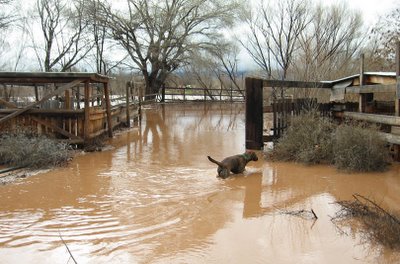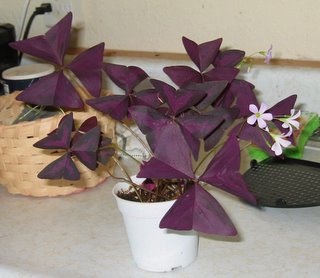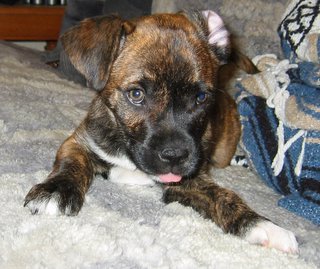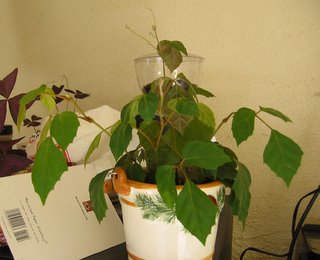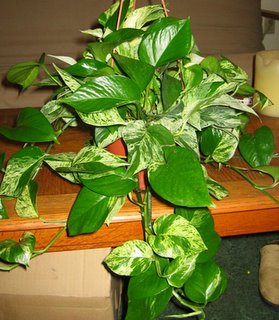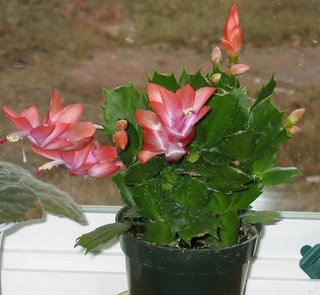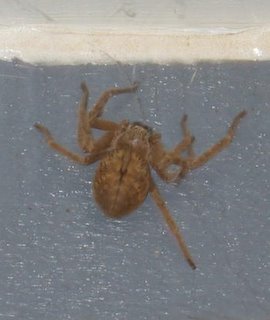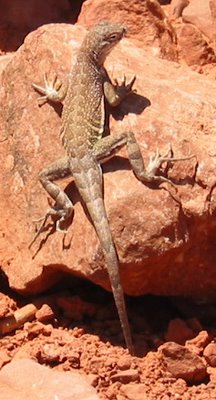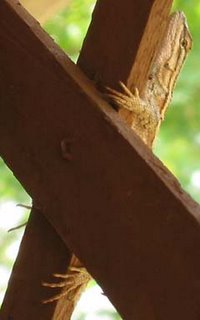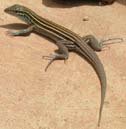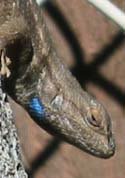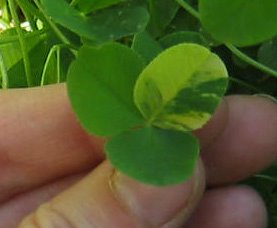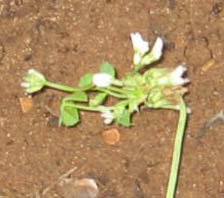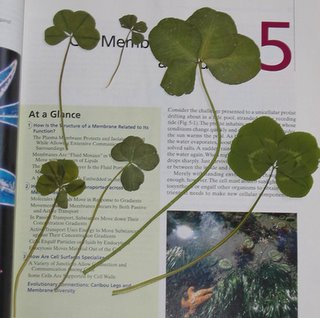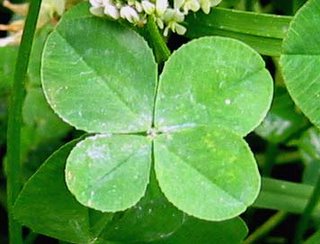Earth Connections
RELATIONSHIPS WITH THE EARTH
Saturday, December 31, 2005
Sunday, December 25, 2005
Antimicrobial plant experiment
By: me
Introduction
The research hypothesis for this experiment is that St. John’s Wart is more effective than Valerian, Goldenseal, Echinacea, or Wintergreen in killing the E.coli bacteria. The background information obtained on the plants showed that wintergreen isn’t antimicrobial. One source showed only Echinacea to be antimicrobial (Hoffmann p37). The other source showed Valerian, Goldenseal, St. John’s Wart, and Echinacea to all be antimicrobial (Foster pp 26,50,114,140,200). This information clearly shows that more research needs to be done on plants and their antimicrobial effectiveness. The experiment performed was done in order to prove St. John’s Wart more effective in killing the E.coli bacteria than Valerian, Goldenseal, Echinacea, or Wintergreen.
abstract
There are many plants that have antimicrobial properties. In 1977, Walter H. Lewis, author of the book Medical Botany said “we suspect that the total of 909 antibiotics known in 1967 represent only a fraction of those to be found in nature.” This number gives us an idea about the frequency in which antimicrobial plants occur. Some of the substances found in plants that are believed to be antimicrobial are alkaloids, phenols, terpnes, and flavinoids. The research hypothesis chosen in this experiment is that St. John’s Wart (Hypericum perforatum) is more effective than Valerian (Valerian officinalis), Goldenseal (Hydrastis canadensis), Echinacea (Echinacea augustifolia), or wintergreen (Gaultheria procumbens) in killing the E.coli bacteria. Garlic, a plant known to have antimicrobial properties, was used to decide which form of extraction was most effective. The following extraction processes were tested; hot water, water, and 95% ethanol alcohol. It was found that the 95% ethanol alcohol extraction gave the best results. A lawn culture of the E.coli bacteria was then prepared on a soy agar plate. Then sterile filter disks that had been dipped in the plant extracts were placed on a section of the agar plate. Next, 24 hours elapsed and the zone of inhibition was measured. After measuring the zone of inhibition the wintergreen was found to be the most effective in killing the E.coli bacteria. The next most effective was St. John’s Wart, and then Echinacea. The Valerian and goldenseal both had a zone of inhibition of zero after being subtracted from the zone of inhibition of the 95% ethanol alcohol. Previous studies on these plants show Echinacea and St. John’s Wart to be effective in killing the E.coli bacteria. This correlates well with the data that was obtained in the experiment. In the case of the Wintergreen, the results of the experiment differ from the background information found on the plant. The experiment showed the Wintergreen to be antimicrobial, whereas the background sources did not.
Procedure
First I use 95% ethanol alcohol extraction to obtain the active compounds from the dried plants. In this procedure I use 0.50 grams of the dried plant. I grind up the plant in a mortar with a pestle. Next, I add 10mL of ethanol alcohol to the dried plant, and grind it again with the pestle. Then I filter the solution. I repeat this procedure with all five plants. Next, I do a lawn culture on a soy agar plate of the E.coli bacteria. The back of the plate is then divided into sections. I label the sections as the following: alcohol control, dry, valerian, goldenseal, wintergreen, St. John’s Wart, and Echinacea. Then I set the dry filter paper in one of the regions. In the second region I place a filter paper that had been dunked in the 95% ethanol alcohol. This was repeated using the extracts of valerian, goldenseal, wintergreen, St. John’s Wart, and Echinacea. Finally, I place the soy agar plates in the incubator and allow 24 hrs to elapse. Once 24hrs have passed I measure the zone of inhibition in millimeters. Then the average zone inhibition of each plant was subtracted from the average zone of inhibition of the 95% ethanol alcohol control.
Results
The results of the experiment show Wintergreen to be the most effective in killing the E.coli bacteria. St. John’s Wart was found to be the second most effective and then the Echinacea. The Valerian and Goldenseal showed no antimicrobial activity after the alcohol control average was subtracted from them.
Discussion
The results of the experiment show the hypothesis to be false. They also show wintergreen to be the most effective in killing the E.coli bacteria. The background information done on wintergreen did not show it as an effective antimicrobial. The other two plants that the experiment found to be antimicrobial, St. John’s Wart and Echinacea, were plants already known for their antimicrobial properties. A problem that arose during this experiment was not having any zone of inhibition for some of the alcohol controls. This could possibly be avoided by ensuring that the sterile filter disks were thoroughly soaked with the 95% ethanol alcohol. The experiment’s findings bring about the question is wintergreen an effective antimicrobial? Refining the hypothesis and performing new experiments could possibly answer this question.
Bibliography
Foster, Steven and James A. Duke. Peterson Field Guides Eastern/Central Medicinal Plants. New York, New York. Houghton Mifflin. 1990.
Hoffmann, David. The Complete Illustrated Herbal. 1996.
Lewis, Walter H. Medical Botany “Plants Affecting Man’s Health.” 1997.
